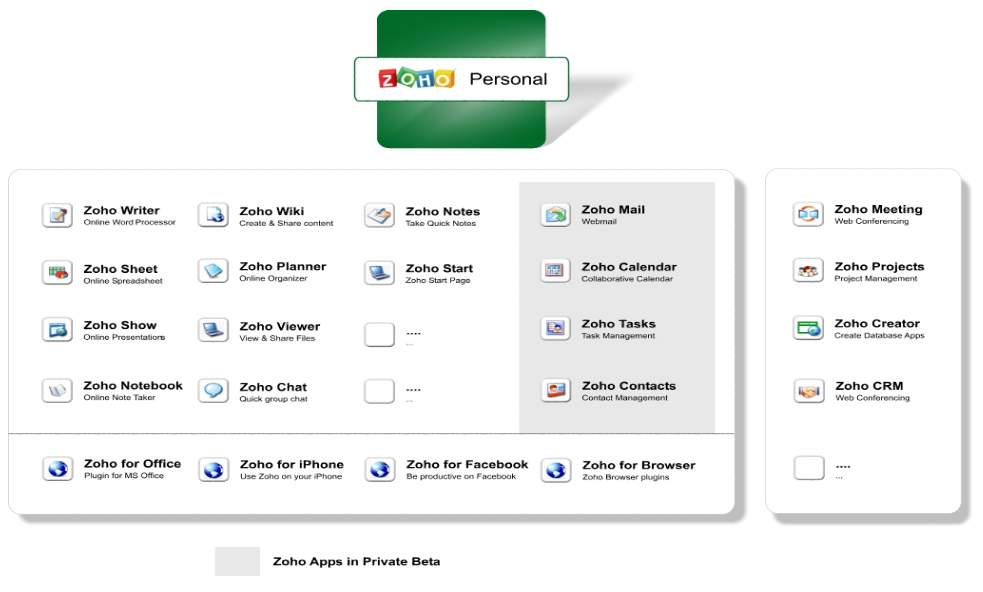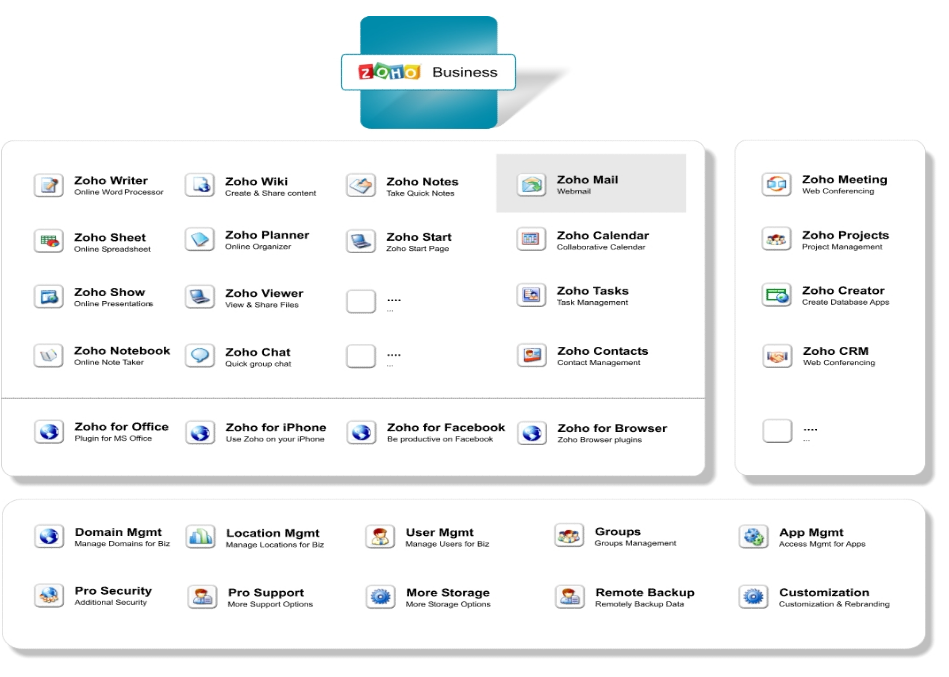Let me quickly state that I don’t really know what the consensus definition of PM 2.0 is, but I do have a feeling based on my very 1.0-style experience.
In the 90’s I worked on a number of fairly large scale SAP Projects in a variety of roles, including Project Manager, and supervisor of several other projects. The standard tool was Microsoft Project. It was used for:
- Planning a Project (initial Scoping)
- Selling it
- Periodic reporting to Steering Committee during the actual projects
What’s missing from the above? Well, how about using it to help the actual daily work of project team members?
Project team members did not even have access to MS Project, it only existed in a few copies on the PM and Team Lead’s computers. Information-flow was one-way: feed the beast to be able to occasionally print charts that look impressive (scary) enough that Steering Committee members won’t question it.
Ok, I am admittedly sarcastic, but the point is: PM 1.0 was all about planning, reporting and it served Management but did not help actual Project Execution.
My expectation of PM 2.0 would be that it helps all team members involved who can share information, collaborate on it and actually get clues from the system on where they are, where they should be, what their next step is, instead of just feeding the beast.
Is this the real promise of Project Management 2.0? I hope to find out from an excellent set of panelists that I have the honor of moderating at the Office 2.0 Conference next week:
- Andrew Filev (Wrike)
- Bruce Henry (LiquidPlanner)
- Mark Mader (Smartsheet.com)
- Guy Shani (Clarizen)
- Dean Carlson (Viewpath)
Of course this is just one of many exciting sessions – if you haven’t registered yet, you can grab a $100 discount by registering here. Oh, and don’t forget to visit us at the Zoho Party – the address is #1 Cloud Avenue. 
(This article is cross-posted at the Office 2.0 Conference Blog)


 )
) Then there’s the issue of The Gadget. I believe the iPod at the first conference was just more-then-generous swag. The iPhones handed out at the second conference had an integral part at the event: several applications released specifically for Office 2.0 allowed participants to interact with each other, navigate the schedule and find sessions. This time all paid participants will receive a the HP 2133 Mini-Note PC.
Then there’s the issue of The Gadget. I believe the iPod at the first conference was just more-then-generous swag. The iPhones handed out at the second conference had an integral part at the event: several applications released specifically for Office 2.0 allowed participants to interact with each other, navigate the schedule and find sessions. This time all paid participants will receive a the HP 2133 Mini-Note PC.


Recent Comments